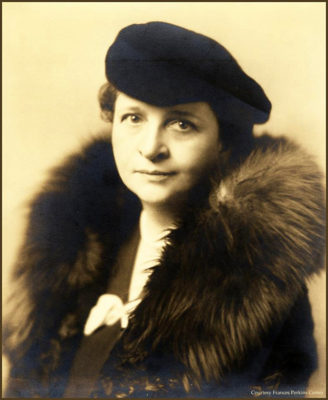On January 30, 1934, a majestic full moon illuminated the winter sky from Campobello Island to Hawaii and Alaska to the Virgin Islands. A stimulating setting for the young and old, the rich and poor, all those who came out, en masse, in formal and informal attire to attend the first of the Presidents Birthday Balls.

During one of the cruelest periods of the Great Depression, the social elite and the average citizen would gather, nation-wide, from coast to coast and border to border for a noble purpose. One that honored the new president, but also created an endowment through which the Georgia Warms Springs Foundation could battle a decades old scourge, polio.
In the White House that evening President Franklin Delano Roosevelt (FDR), who was in the first year of his administration as the 32nd US President, was surrounded by an intimate group of friends and family. Together they celebrated his fifty-second birthday, but this birthday and how it would be honored in the years to come, would be different.

In 1934, the mineral-charged waters of Warm Springs, Georgia worked a magic spell over those who suffered from the disease. The hope then was buoyed by the idea that celebrating the presidents birthday, in a fund raising way, might create a permanent legacy to treat as many patients as the natural thermal springs could accommodate and hopefully find a cure.
What began as parties to benefit the Georgia Warm Springs Foundation would, decades later, result in the creation of an effective inoculation, one that could eliminate the disease of poliomyelitis, thereby benefiting millions all over the world.
Radio Introduction Interrupted
Having fundraising “birthday balls” came at the suggestion of Col. Henry L. Doherty, business magnate and political ally of FDR’s. Doherty made a $25,000 donation to launch the National Committee for Birthday Balls and became its first chairman. Doherty would also recommend that the president make a live radio address with a personal message of thanks; a broadcast that would be heard in the auditoriums, ballrooms, halls and Civilian Conservation Corps (CCC) camps hosting the celebrations. As the national committee chairman, Doherty, would have the distinct honor of introducing the president over the airwaves. This radio announcement would not be without some pre-broadcast drama.
Shortly before stepping up to the microphone Doherty was unexpectedly interrupted, a “process server” strode forward and served him with legal papers, a summons regarding a lawsuit filed the previous July. This intrusion appears to have had no adverse effect on the mission to introduce the president, and Doherty, who was no stranger to lawsuits, would continue as the National Committee for Birthday Balls chairmen.
 Radio Brought the President to the Party
Radio Brought the President to the Party
Continue reading “Presidents Birthday Ball – Eradicating Polio”















